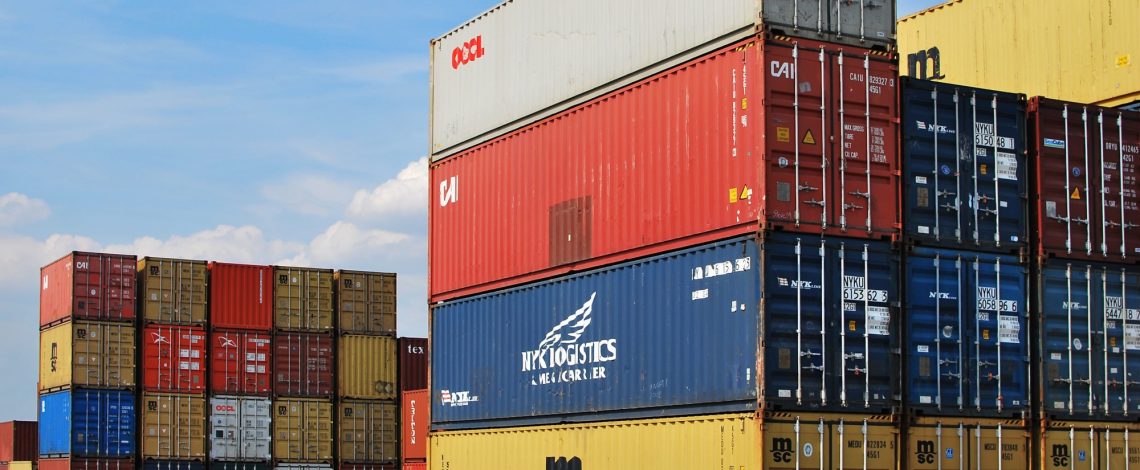The freight industry in the United States has officially passed the $700 billion mark. This massive industry uses several methods for moving shipments, both domestically and internationally.
One common practice used among shippers is combining shipments and then practicing freight deconsolidation. It helps businesses streamline their shipping processes and reduce their overall logistics costs.
Curious to find out if freight consolidation can work for you? Keep reading to find out everything you need to know.
What Is Freight Deconsolidation?
The definition is in the name. Smaller shipments are combined into one larger shipment. The purpose of this is to reduce shipping costs and faster transport.
However, it does present some challenges. There is an extra step in the transportation process, which increases risk.
The deconsolidation comes in when the large shipment reaches the central destination warehouse hub. It is then broken down. The smaller shipments are then sent to their final delivery destination.
Benefits of Consolidation
One of the most significant advantages is that you can move your smaller shipments into a larger load class. This could be moving your small parcel shipments into freight. Or moving your LTL freight into FTL.
Reduced Shipping Costs
When you increase your shipment size, you gain volume discounts and thereby lower your overall shipping costs. As the shipper, you gain negotiating power when you have a larger volume of shipments.
So by combining your small shipments into larger ones, you gain leverage and savings.
Better Carrier Relationships
Now you may be wondering why increased volume means savings for you. Well, the combined shipments mean carriers can reduce their overhead costs. They have less demand on their resources to track and move loads.
So by reducing the operating cost for the carrier, you become one of their preferred shippers. By making their life easy, you gain favor. The carrier benefits with an increased bottom line, and you benefit with discounts and preferred treatment.
Faster Shipping Times
It sounds counter-intuitive, but consolidating and deconsolidating your freight will make your shipments move faster. There are fewer delays and touchpoints along the way.
This is a significant benefit if time is of the essence. For instance, if you need to get your shipments overseas quickly, then consolidating may be the answer.
Or if your warehouse is in California, but you have several orders on the east coast. You could consolidate these parcel shipments into one larger LTL shipment. Then distribute the parcel shipments from a warehouse delivery on the east coast.
Better Control of Shipping Times
How much time do you spend tracking your shipments? If you have more than ten, then it probably takes a significant amount of time. But what if you could reduce this?
Instead of tracking ten or twenty shipments across the country, you could track one. Now you can spend that time saved being productive elsewhere in your company.
Another place it saves time is how long the truck sits at the dock for loading and unloading. If you consolidate before the truck arrives, then you significantly reduce this idle time.
The less time a truck idles, the less fuel is used. This amounts to considerable savings.
Things to Look Out For
As with anything life, deconsolidation isn’t perfect. To make this strategy successful for you, there are a few things to look out for.
Choosing the Right Carrier
You need to pick the right carrier who can meet your demand and transportation needs. It can be useful to work with a freight forwarder who can help you utilize multiple carriers to move your shipments seamlessly.
Intermodal Challenges
One challenge you will need to overcome is how and when your shipment gets deconsolidated. If you ship internationally, your freight will come off a ship and will land in a port.
Now you need to determine how your shipment will move. It could stay consolidated and move by truck to a warehouse. It could get deconsolidated at the port.
There is even the option of it getting deconsolidated and then reconsolidated. This often happens with international shipping as different products need to go to different parts of the foreign country.
Increased Risk
It’s an industry standard, the more touchpoints, the great the risk. You need to be careful that you don’t negate your saved shipping costs by increasing your damaged or lost freight.
Your Tracking Is Lacking
While it is easy to track the one shipment for the bulk of transport, you need a robust tracking system for the final leg. Once your shipment is deconsolidated, you will have your multiple shipments to track again.
You can reduce this tracking chaos by using RFID, AIDC, or any other automated identification system. Failure to track your shipments could end up costing you more and rendering your savings ineffective.
Another point to consider is that your shipments may need multiple occurrences of consolidation and deconsolidation. You need a tracking system that can effectively know where any of your small shipments are in the transportation process.
Routing Delays
If you don’t consolidate, then a delay may only affect a small portion of your shipments. If you consolidate, that same delay will affect all of the shipments that have been combined into that larger shipment.
This is something to keep in mind when you know severe weather is imminent.
Try It Today
If you have a lot of international shipments or shipments across the country, then you should consider combining them so that you can benefit from freight deconsolidation.
This will save you money on your logistics and supply chain costs. It will also make tracking your shipments significantly easier. Isn’t it time you optimized your freight shipping today?



